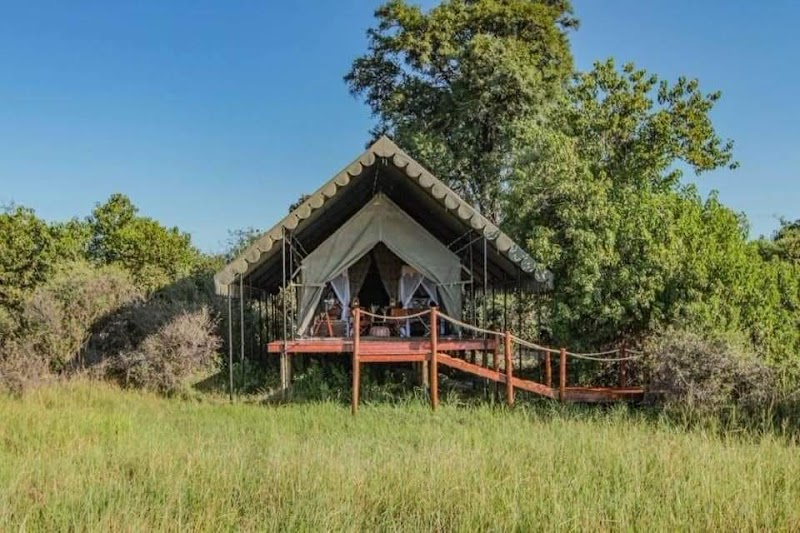
Makgadikgadi Pans Game Reserve Adventures
Makgadikgadi Pans Game Reserve is one of Botswana's hidden gems, offering vast salt flats that transform with seasonal rains, attracting unique wildlife and offering unparalleled stargazing opportunities.
About Makgadikgadi Pans Game Reserve

Makgadikgadi Pans Game Reserve is located in the north-eastern region of Botswana, covering an expansive area of salt pans—remnants of a massive ancient lake. During the rainy season, the pans become a haven for migratory birds, notably flamingos, and numerous other wildlife species such as zebras and wildebeest, creating a spectacular visual phenomenon. Historically, the pans hold archaeological significance due to the presence of Stone Age tools found in the region, indicating ancient human activities. The reserve is part of the Kalahari Basin, characterized by semi-arid bushland and open grasslands. Recreational opportunities abound, including guided walking safaris to experience the area's unique ecosystem up close and quad biking in the drier season. A notable visitor appeal is the stark contrast between the dry, cracked earth of the pans and the lush grasslands that emerge with the rains. The reserve offers solitude, expansive views, and is particularly popular for its opportunities to observe wildlife in their natural habitats and experience the stunning night skies devoid of light pollution.
Highlights
The vast expanse of the Sua Pan, especially when it floods and fills with flamingos.
The seasonal zebra and wildebeest migration between the pans and nearby Nxai Pan National Park.
The ancient baobabs, such as Chapman’s and Green’s Baobabs, offering historical context and scenic beauty.
Guided night safaris for observing nocturnal wildlife and stargazing in low-light pollution conditions.
Notable Natural Features
Sua Pan
The largest of the Makgadikgadi salt pans, it transforms into a shallow lake during the rainy season, attracting a multitude of birdlife.
Kubu Island
A rocky outcrop and archaeological site, home to ancient baobabs and Stone Age artifacts.
Chimps and Green's Baobab
Historical trees used as navigational markers by 19th-century explorers.
